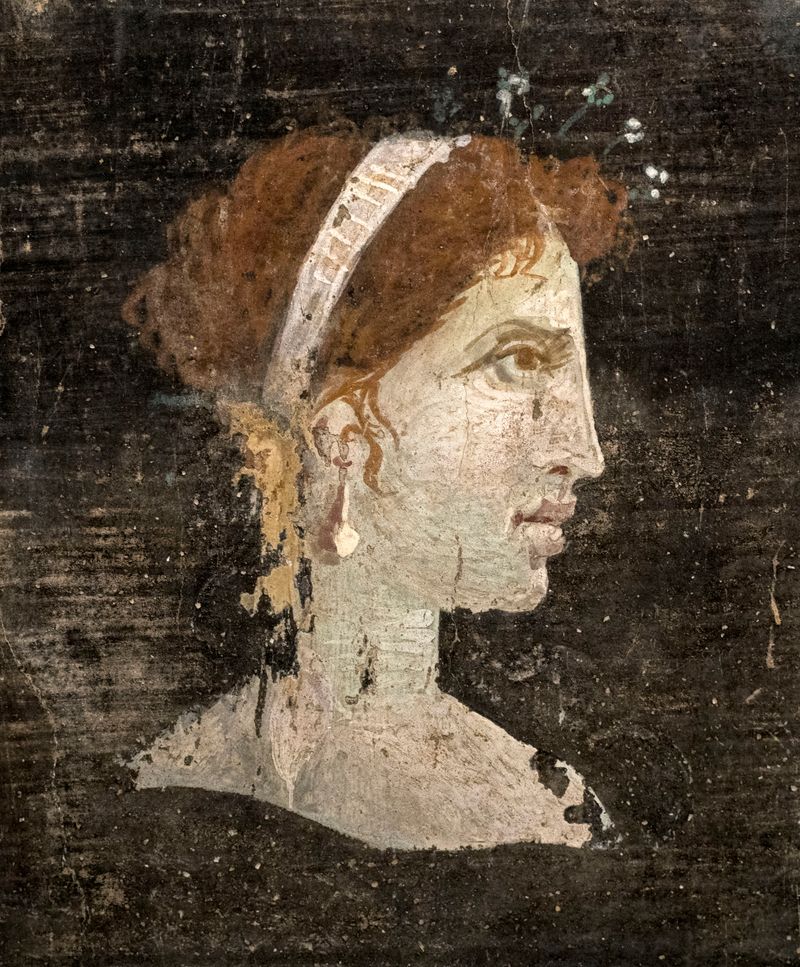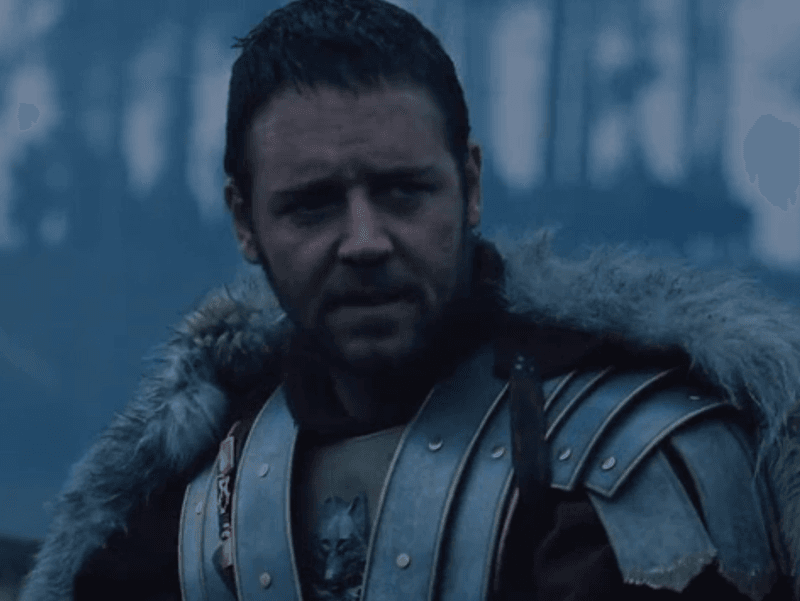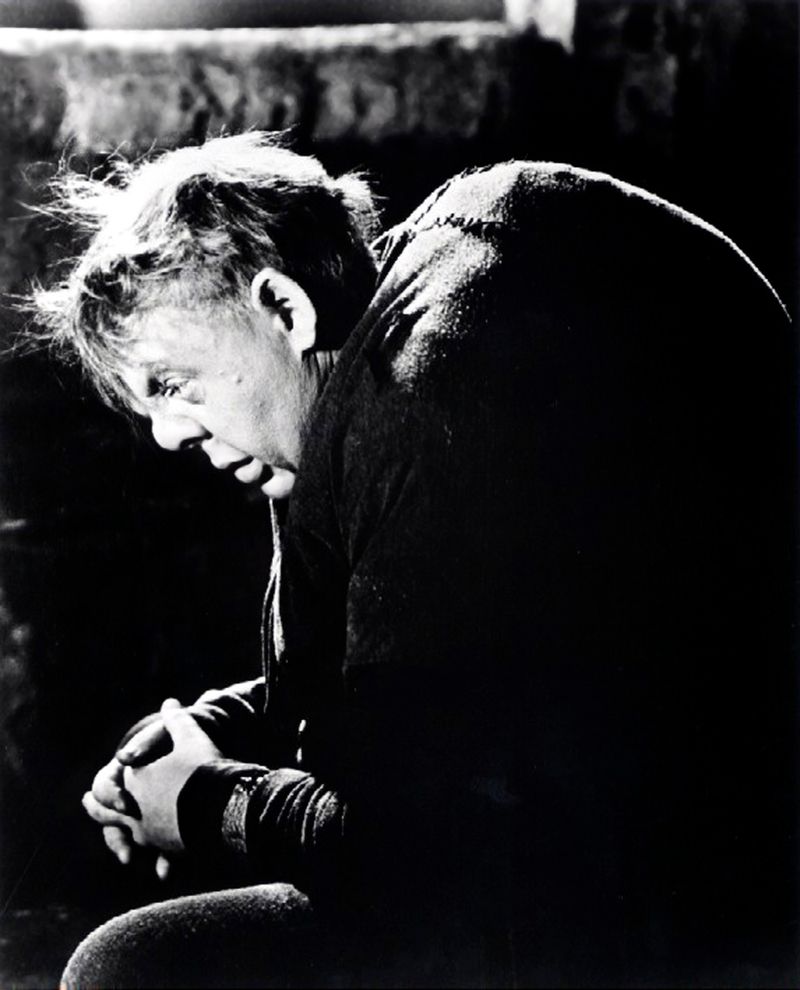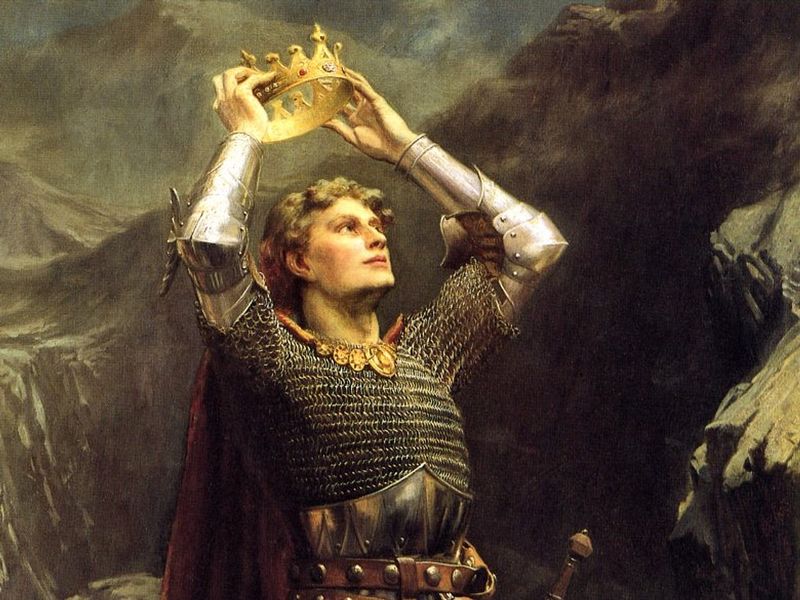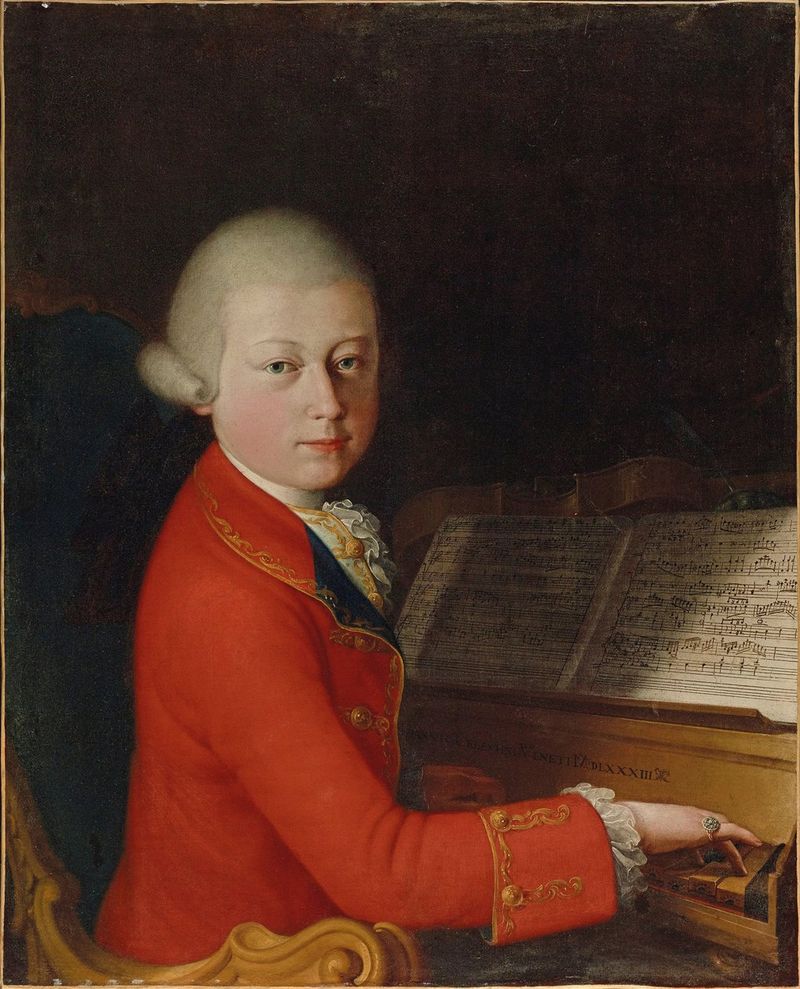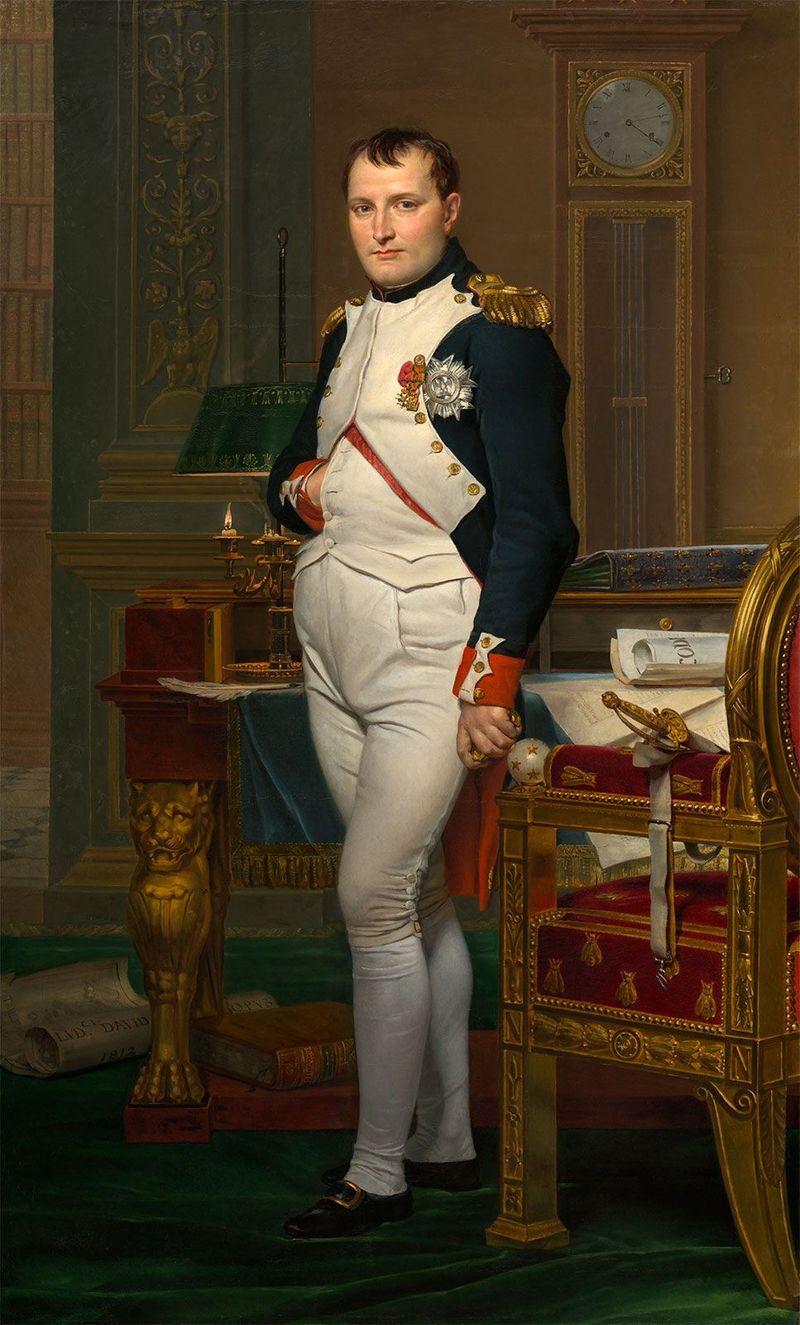Movies have a way of dramatizing historical figures, often straying far from reality. These 15 figures have been portrayed in ways that deviate significantly from the truth, offering a glimpse into the creative liberties taken by filmmakers.
1. Pocahontas
Often depicted as a romantic, free-spirited Disney princess, Pocahontas was actually around 12 years old when she met John Smith. The real Pocahontas was later kidnapped, taken to England, and displayed as a “civilized savage.” Her story lacks the romantic narrative often portrayed in films.
2. William Wallace (Braveheart)
In “Braveheart,” William Wallace is seen as a kilt-wearing, blue-faced warrior shouting “Freedom!” However, in reality, kilts were not worn during his time, and there is no evidence of blue face paint. Wallace was more likely a strategic guerrilla leader than a battlefield brawler.
3. Cleopatra
Often portrayed as a seductive beauty like Elizabeth Taylor, Cleopatra was a brilliant strategist and polyglot. She was not considered a beauty by Roman standards, with coin portraits revealing her prominent nose and sharp features. Her intellect and political acumen were her true distinguishing qualities.
4. King George III (The Madness of King George)
Portrayed as a bumbling lunatic, King George III suffered from a physical illness called porphyria. This condition caused pain and delirium, not mere madness. He experienced periods of clarity and was known for his deep intellect, contrary to his film depiction.
5. Marie Antoinette (Marie Antoinette, 2006)
Seen as a frivolous teenager obsessed with cake and shoes, Marie Antoinette was actually a politically astute woman. The phrase “Let them eat cake” was propaganda and never uttered by her. Her reality was far more complex and astute than film narratives suggest.
6. Abraham Lincoln (Abraham Lincoln: Vampire Hunter)
Portrayed as a vampire hunter wielding an axe, the real Abraham Lincoln was a thoughtful, chess-playing lawyer. He was known for his depression and eloquence in debates, preferring intellectual pursuits over combat. His true legacy is that of a leader, not a monster slayer.
7. Maximus (Gladiator)
In “Gladiator,” Maximus is a fictional Roman general turned gladiator. His character was inspired by Narcissus, the wrestler who assassinated Emperor Commodus. Contrary to the film, Commodus ruled for 12 years and his death did not occur in the arena.
8. Rasputin (Anastasia, 1997)
“Anastasia” depicts Rasputin as a demonic sorcerer with magical powers. In reality, he was a mystic known for alleged healing abilities and significant political influence over the Romanov family. His real power resided in his charisma and influence, not sorcery.
9. Quasimodo (The Hunchback of Notre Dame)
The character of Quasimodo, the lonely bell-ringer, is based on a caricature. Real-life “hunchbacks” during medieval times were often exploited as jesters or outcasts. The portrayal in films romanticizes a life that was likely filled with hardship and societal rejection.
10. King Arthur (King Arthur, 2004)
In film, King Arthur is often depicted as a Roman-British warrior. However, he was more likely a Celtic warlord or even a myth, with no evidence of a “Round Table.” His legendary status is built more on folklore than historical fact.
11. Billy the Kid (Young Guns)
“Young Guns” portrays Billy the Kid as a charming outlaw, but he was a ruthless killer, responsible for the deaths of at least eight men before the age of 21. His story is one of violence and notoriety, not the romanticized heroism seen on screen.
12. Joan of Arc (The Messenger, 1999)
Portrayed as a divine warrior maiden, Joan of Arc was a teenage peasant who claimed to hear divine voices. She led French troops and wore men’s armor. Her end came not through romance but by being burned for heresy, a stark contrast to her cinematic portrayals.
13. Mozart (Amadeus)
In “Amadeus,” Mozart is seen as an immature genius, but he was a hardworking prodigy who composed over 600 pieces. There’s no evidence that Salieri poisoned him. His dedication to music and prodigious talent define his true legacy, beyond the dramatized antics.
14. Mulan (Mulan, 1998)
The Disney film shows Mulan as a rebellious heroine with a dragon sidekick. The real Mulan, from the Chinese ballad, served in the army for 12 years without detection. Her story is one of bravery and dedication, devoid of magical creatures and romantic subplots.
15. Napoleon (Napoleon, 2023)
Films often depict Napoleon as a short, insecure tyrant. He was actually average height for his time, being about 5’6″. A military genius, his letters reveal a calculated mind focused on strategy, not just romance with Josephine as often dramatized.



